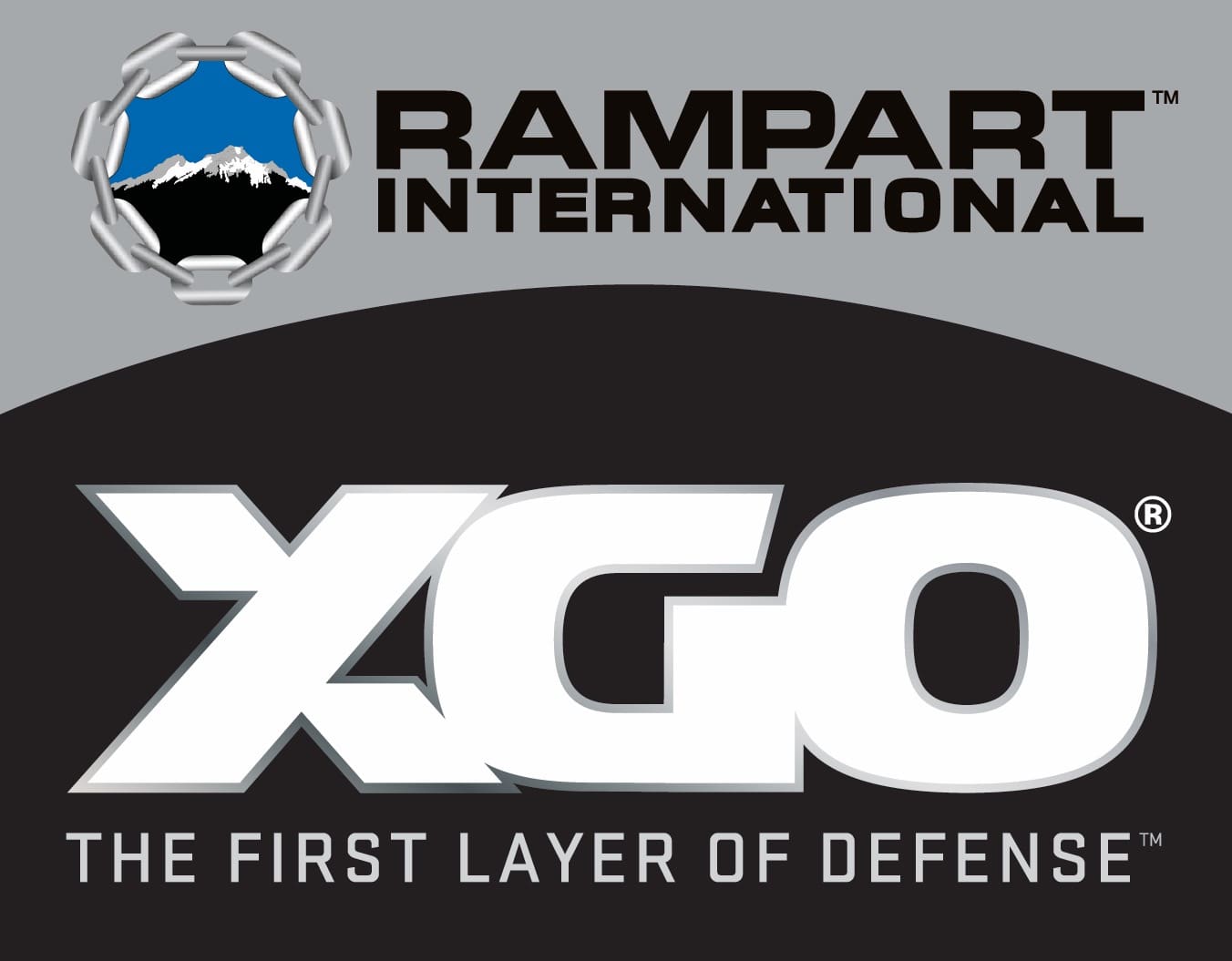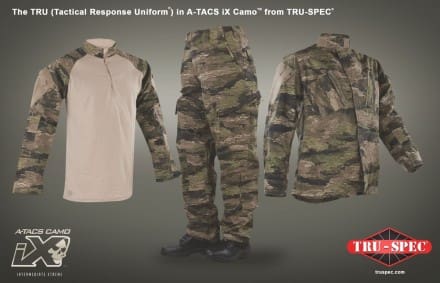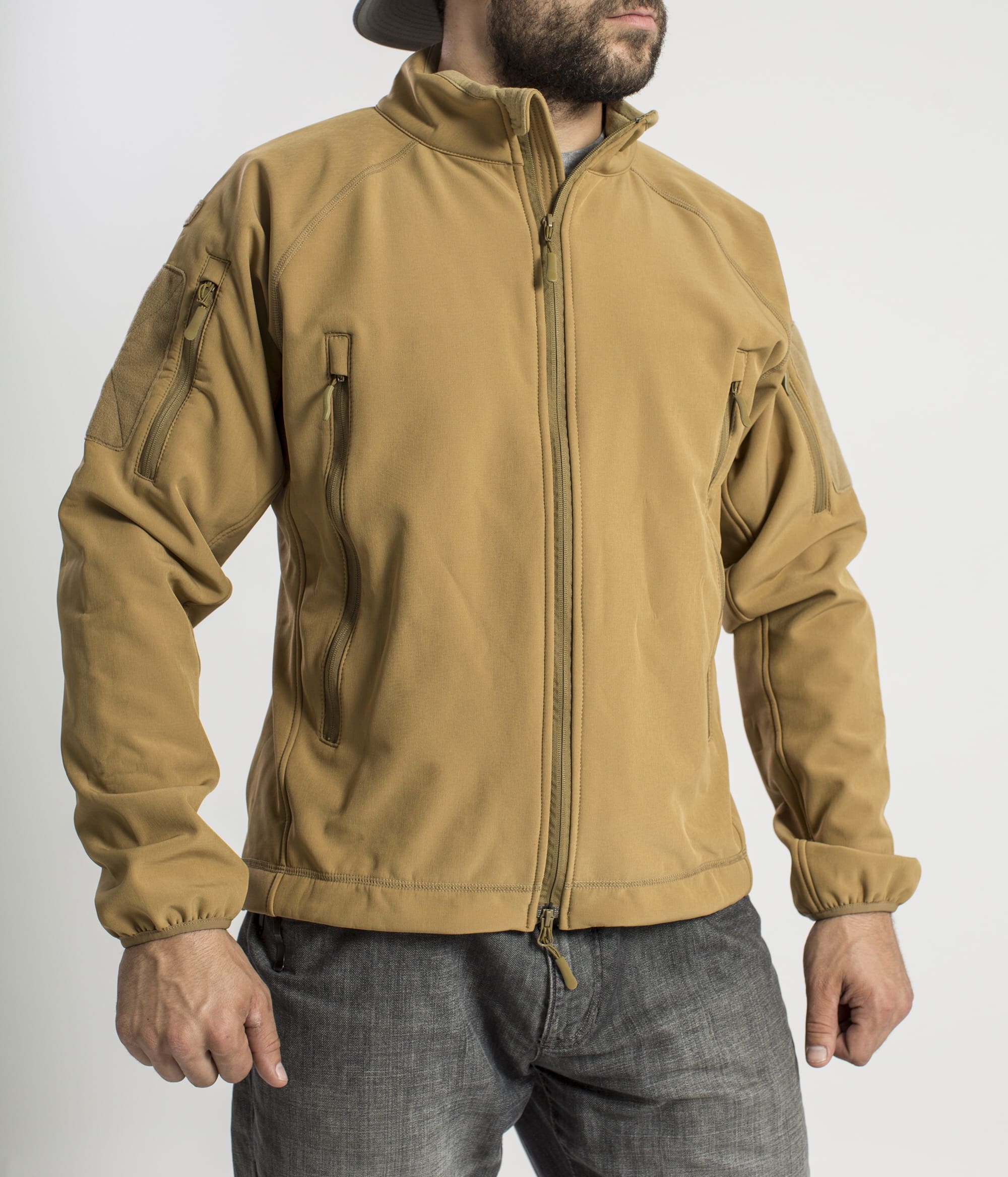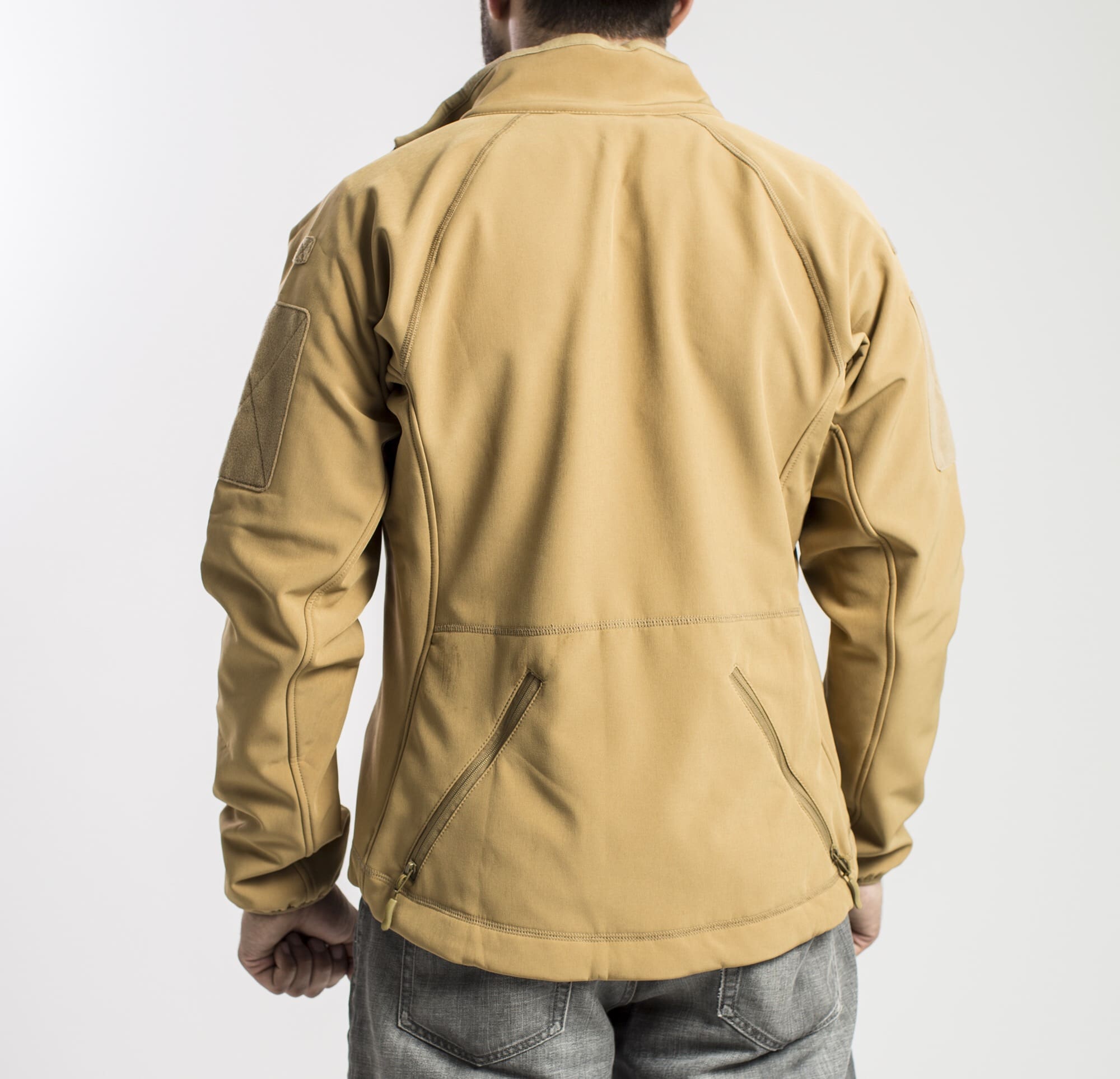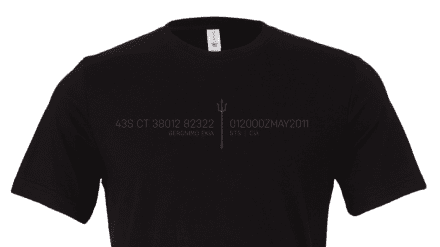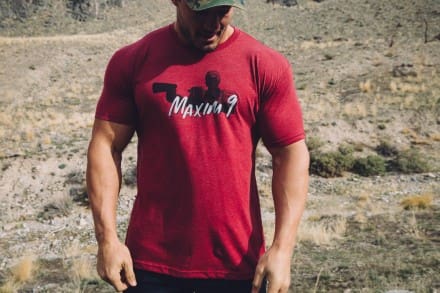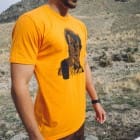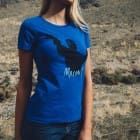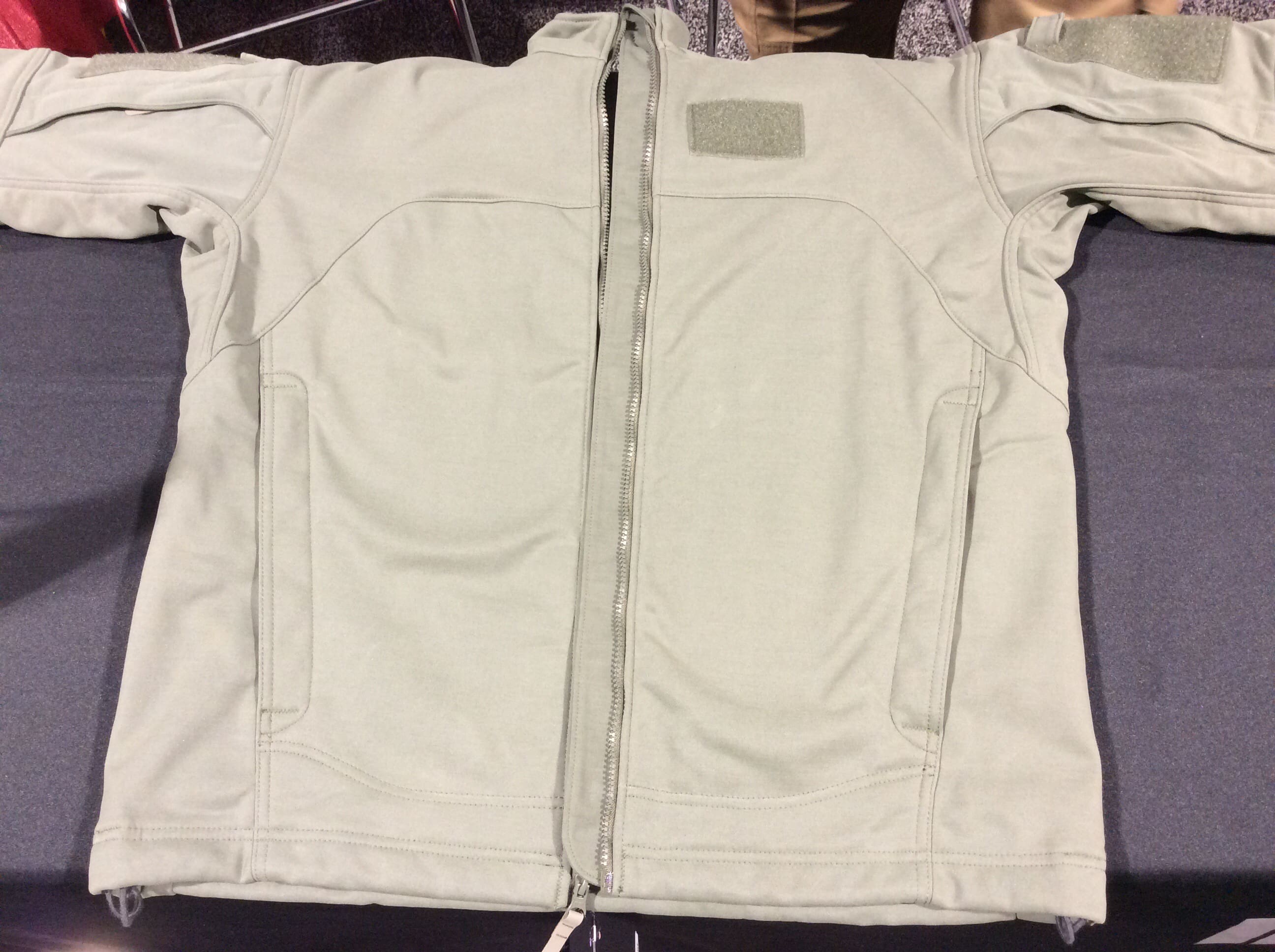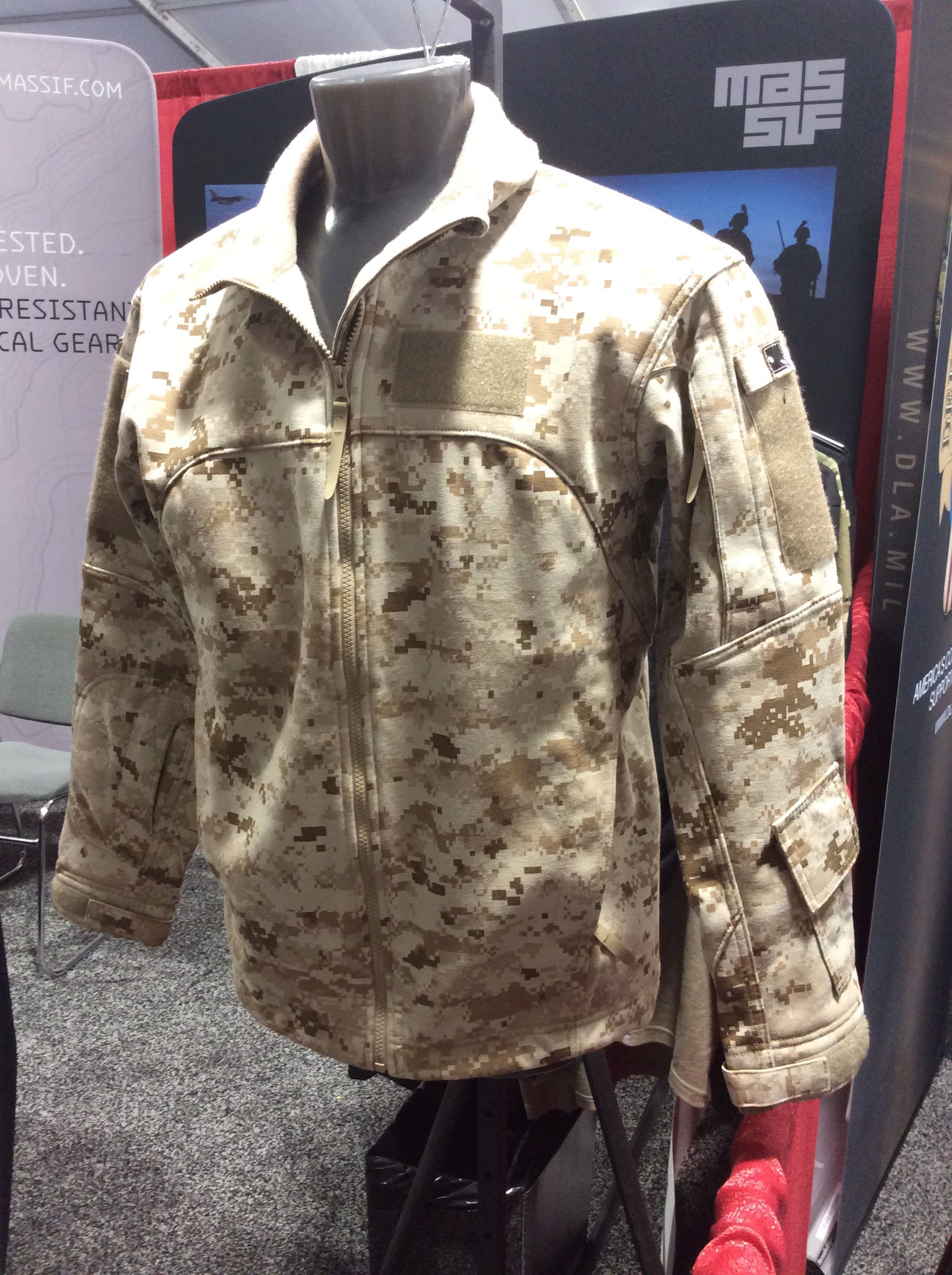XGO has recently joined forces with Rampart International to expand its offerings into Canada.
“We are honored to have aligned ourselves with great people and a great organization. We look forward to providing both Non FR base layer and FR base layer solutions to the Canadian Military and Law Enforcement communities. XGO’s strategic partnership with Rampart will help grow our brand and help us reach our customers and friends to the North,” related Aloysius Donovan, Director of Sales at XGO.
“We are thrilled to welcome the XGO brand to Rampart’s expanding lineup of the world’s best operational equipment,” said Mike Klein, President of Rampart International Corp. “XGO’s American made line of performance clothing and FR protective garments offer the quality, functionality and protection our end users require. XGO products will be more accessible and affordable than ever before in Canada and we are excited to get the brand into the hands of our customers,” Klein continued.
From now until May 24th Rampart is offering 20% off retail pricing for all MIL/LE/Agency purchases in Canada.
Email sales@rampartcorp.com for more information.


